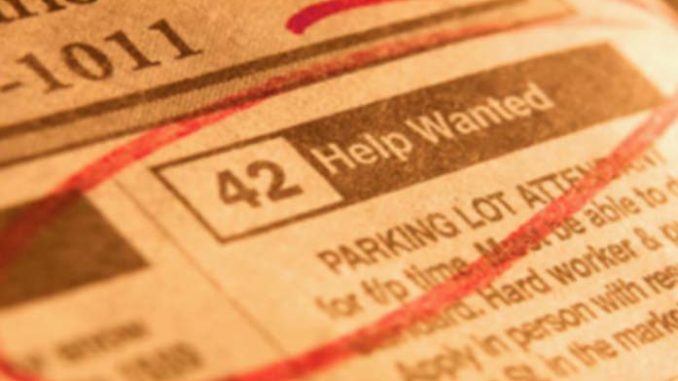
With more than 100,000 Arizonans out of work due to the COVID-19 pandemic and no clear indication of what the economy will look like in the future, a career coach is encouraging people affected by the stay at home order to use the down time to update their resumes or curriculum vitae, as well as their LinkedIn profiles.
Sami Gardner of Tucson-based Career Kickstart Academy works with everyone from entry-level workers to corporate executives. Among the tools she recommends to everyone is LinkedIn, a professional networking platform used by more than one-half million people globally.
The big uncertainty around COVID-19 is how many startups and small businesses will survive it, Gardner says. Which makes it important for employees to “think like a freelancer” and stay visible in order to attract opportunities.
“This COVID crisis has made clear that every job is temporary,” Gardner said. “We’ve had a decade of growth and now we’re going to see who is either lucky or used that prosperity wisely. This will be a stress test for both entrepreneurs and employees.”
And when the economy finally moves on from the non-essential business shutdowns, having a viable LinkedIn profile could mean the difference between finding a job lead quickly or not, she told Arizona Daily Independent.
“Those who maintain a professional network, stay updated with tech, and can pivot quicker will do better,” Gardner said. “LinkedIn is one of the easiest ways to connect to local recruiters, business owners, and other professionals.”
Recently, Gardner gave a LinkedIn presentation at the University of Arizona South in Sierra Vista. According to Dr. John DeLalla, UA South’s continuing education director, attendees were checking out their LinkedIn profiles as Gardner spoke.
“Talk about putting the knowledge to use quickly – immediately really – which shows me the presenter had great content that folks could put to use right away” DeLalla said. “Having a LinkedIn page has changed over the last decade from something that’s nice to have to a need-to-have showing your professional accomplishments and experiences.”
Gardner has made available a free 20-minute video for anyone who wants to understand the importance of a LinkedIn profile and how to best optimize the platform. Her tips for a “professional yet personal” profile apply to first-time job seekers, career changers, freelancers, and those happy with their current job but who simply want to be prepared if a new opportunity pops up.
One piece of advice is to understand that the top of a LinkedIn profile “is the most important” because it is what makes people want to scroll down and learn more about you. It’s similar to the top of your resume or CV, or your first minutes with a prospective employer.
It’s also important for users to pay close attention to which keywords and search terms they use on LinkedIn to describe their skills and career interests. That means not including all the jobs you worked in past careers unless you are interested in getting back into those fields, Gardner said.
“Putting everything that you’ve ever done can make it so you get weird results,” Gardner explained. “What happens is that you get a lot of irrelevant jobs sent to you.”
For instance, Gardner previously worked as a librarian. But she relies on her LinkedIn profile to attract prospective clients interested in her services as a career coach and digital marketing specialist, so Gardner doesn’t mention her librarian-related job history on LinkedIn.
“If you ever wonder why you’re getting a bunch of weird results or irrelevant messages from recruiters, it’s probably because your profile is not optimized,” she explains. “If you are job seeker, those keywords are the difference between an inbox full of spammy, irrelevant messages or having messages that actually could push your career.”
Gardner understands it may be difficult to deal with the stress and uncertainty caused by COVID-19, but she says being proactive now may mean the difference later.
“Most jobs are filled through personal referrals,” Gardner noted. “Don’t wait to be furloughed to think about refreshing your resume and getting on LinkedIn.”
